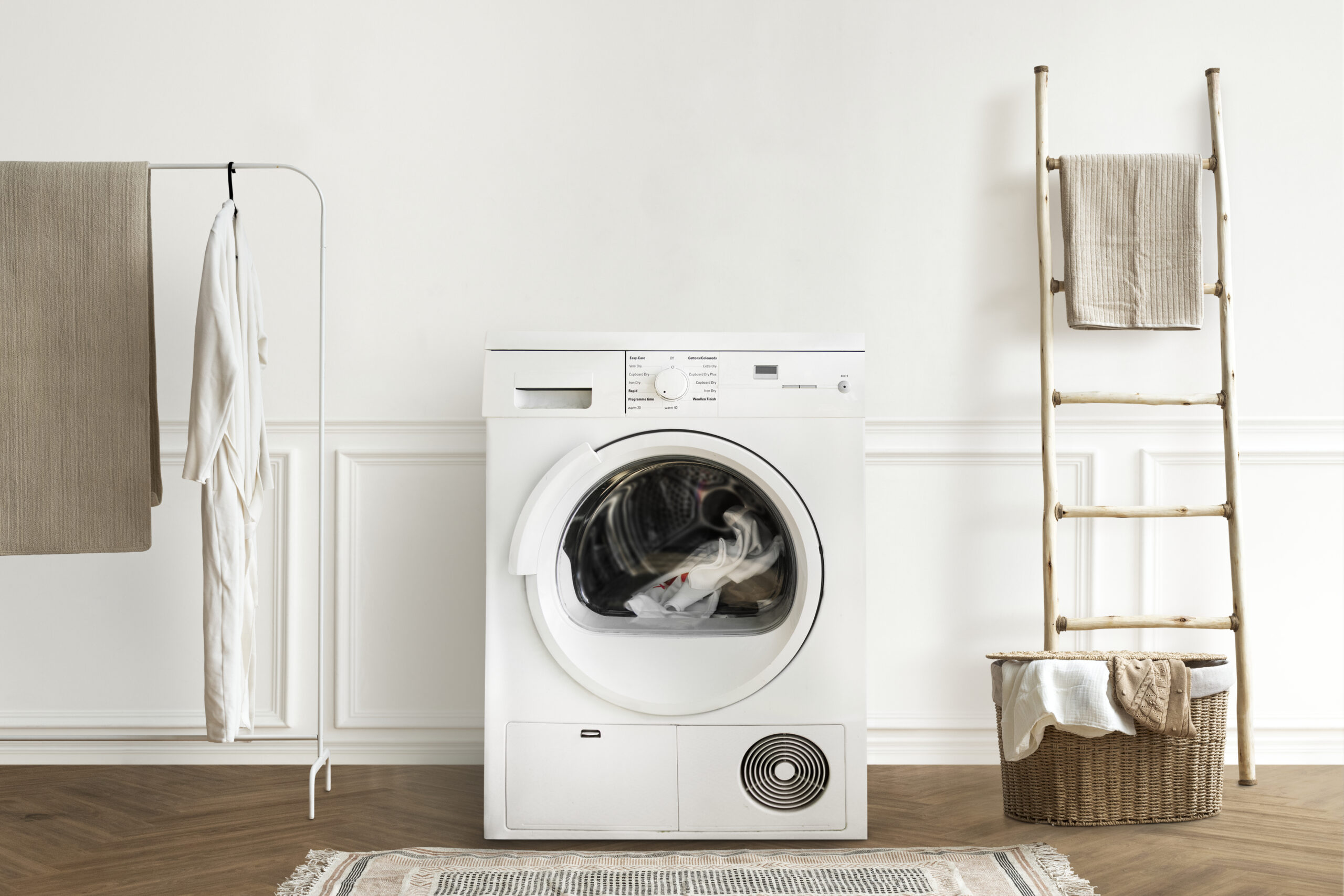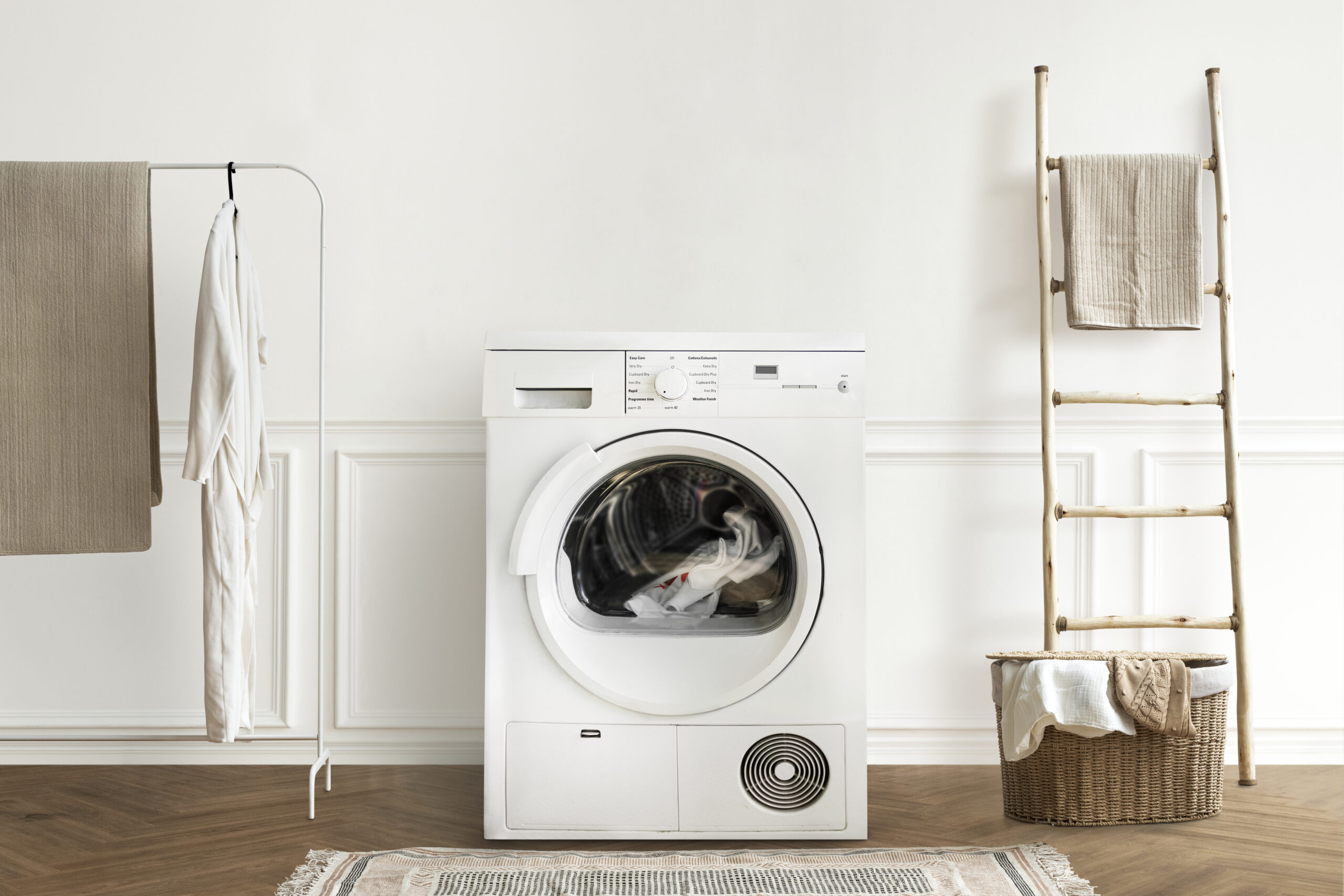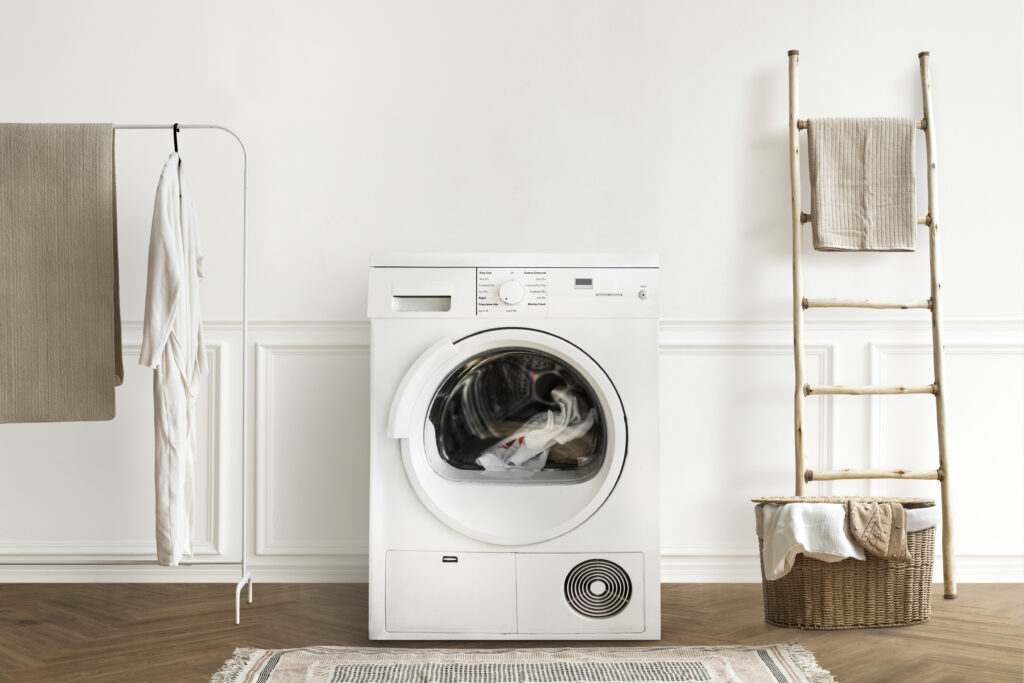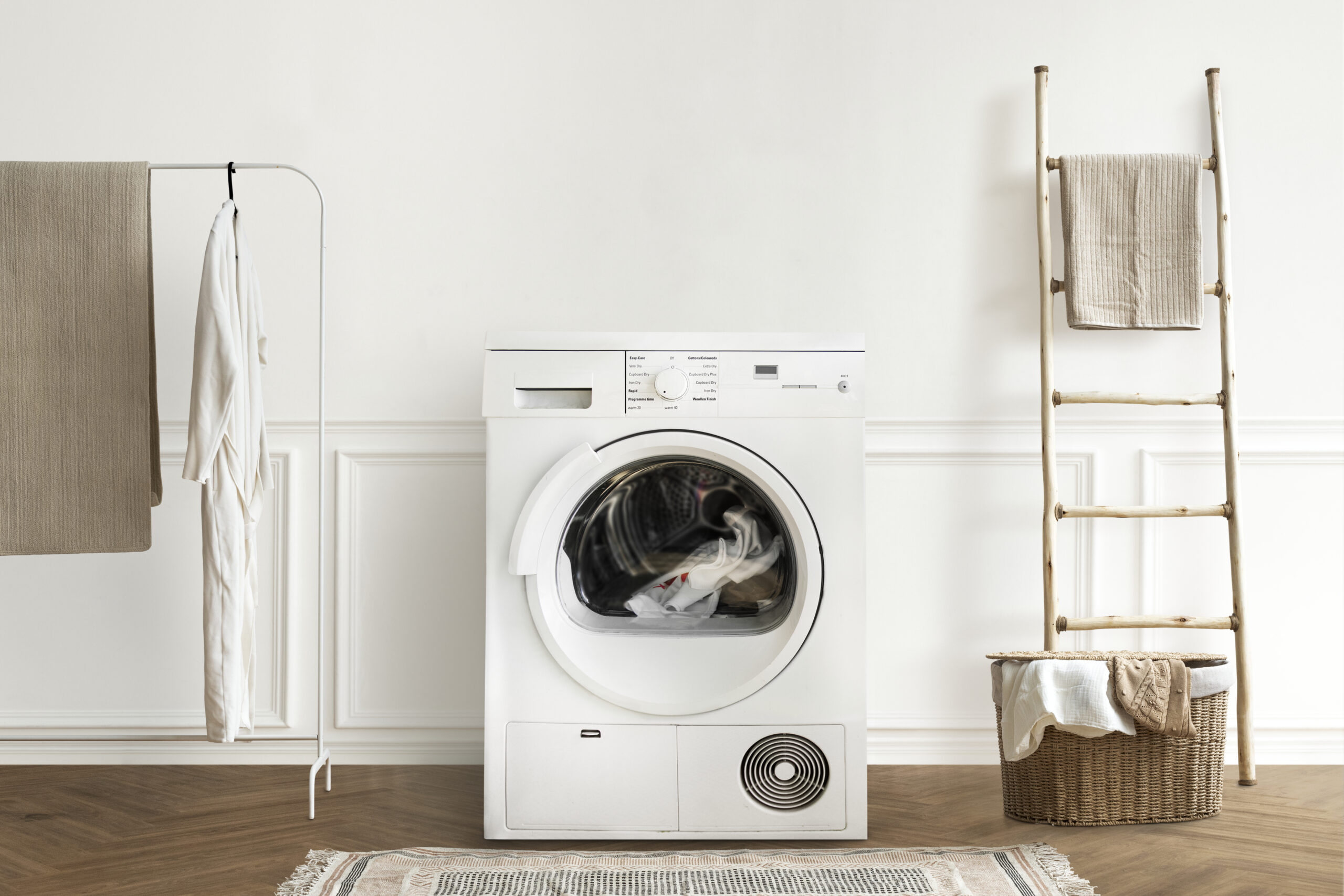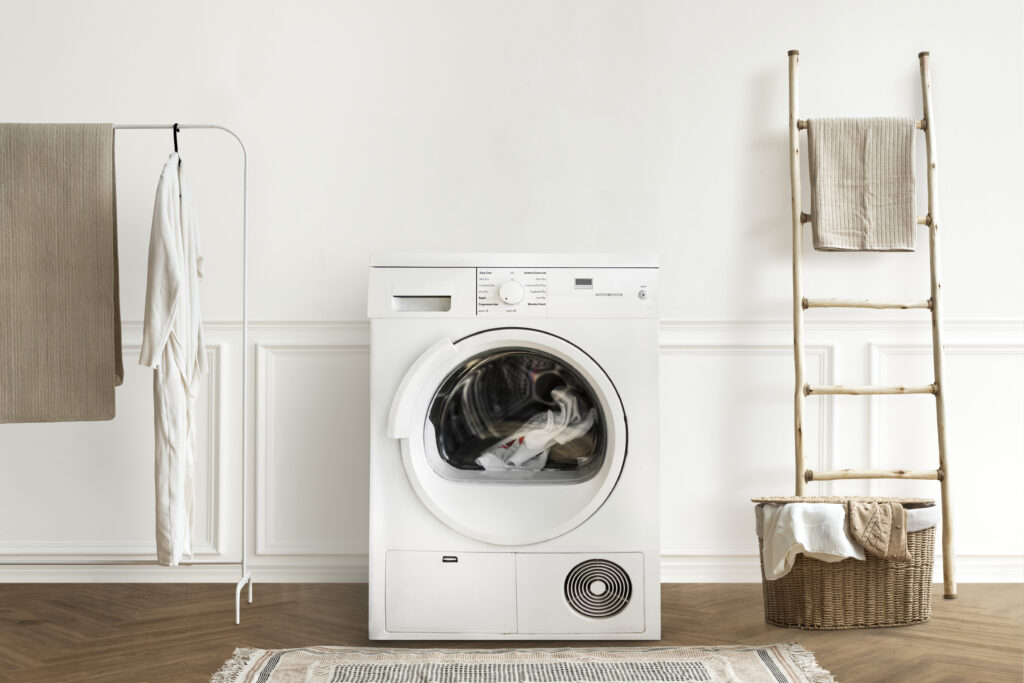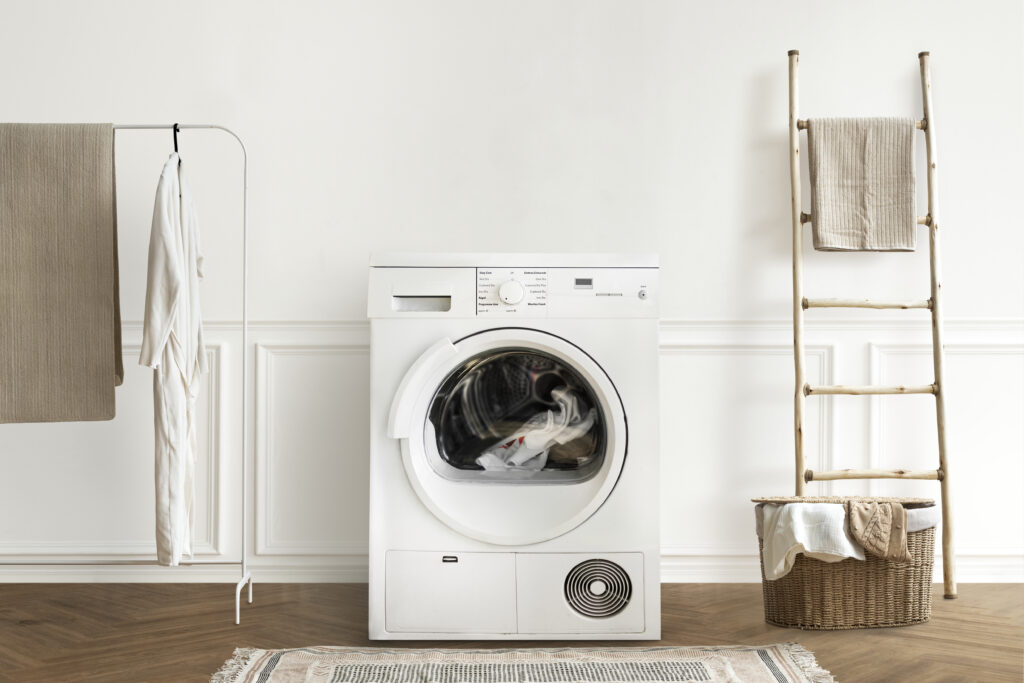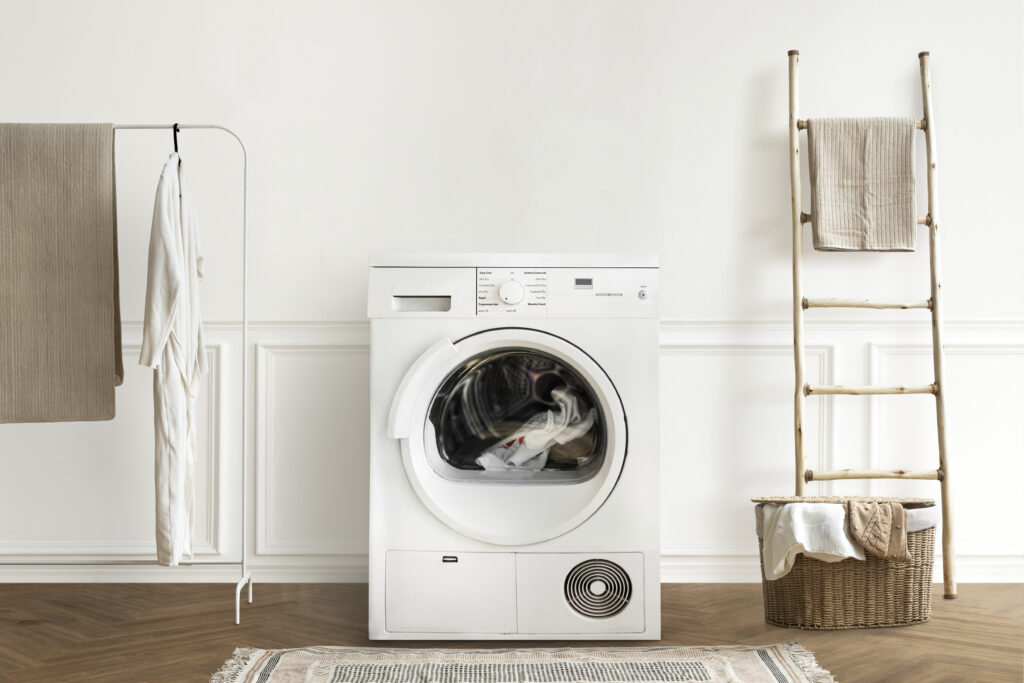Prevention (2025 USA Home Guide)
Laundry day can become a frustrating mess if your washing machine isn’t draining correctly. Not only is it inconvenient to have standing water in your washer drum or laundry left soaking wet, but it may also be an indication of a larger issue that requires expensive repairs if left unchecked.
We’ll go over the reasons why your washing machine won’t drain, how to identify the problem, and easy or professional fixes you can use to restore your machine to normal in this comprehensive 2025 guide for American homes.
Common Reasons Why a Washing Machine Won’t Drain
Several factors can cause your washing machine to stop draining. Understanding these issues can help you troubleshoot the problem faster:
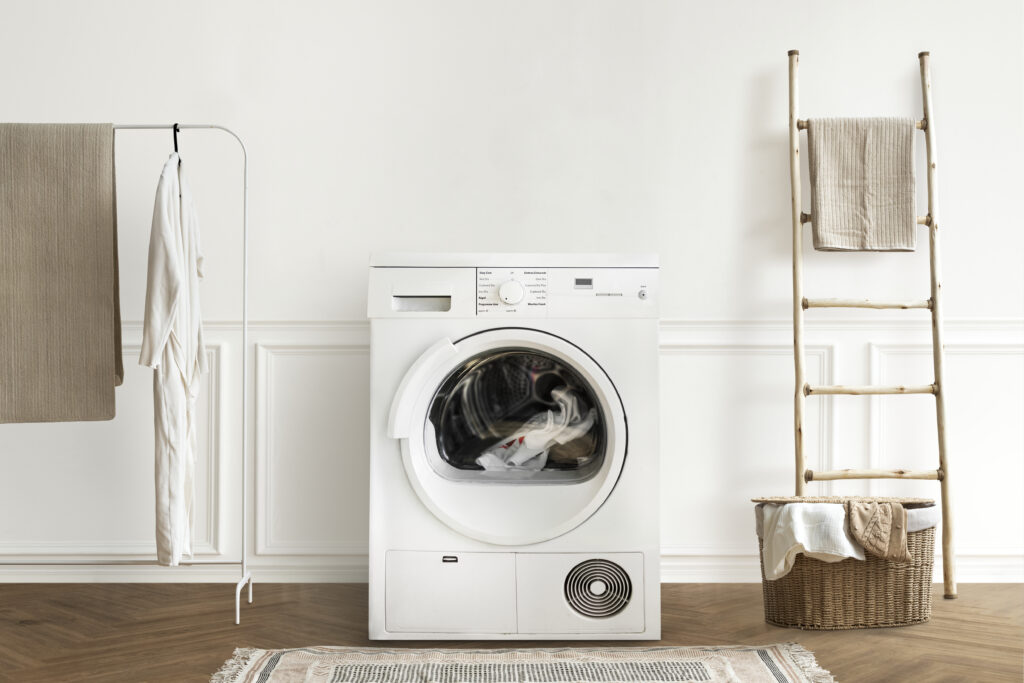
1️⃣ Blocked or Clogged Drain Hose
One of the most frequent causes of a washing machine not draining is a clogged drain hose. Water flow can be obstructed by dirt, lint, small clothing items like socks, or accumulated detergent residue.
Indications:
The drum is still filled with water.
sloshing or gurgling noises.
Water exits the drain cycle slowly or not at all.
The drain pump filter is clogged.
Lint, coins, hair ties, and other debris can be captured by the tiny drain pump filter found in many contemporary washing machines, particularly front-loading models. This filter may clog over time.
Indications:
The water will not drain.
The washer stops in the middle of its cycle.
Depending on the brand, your washer’s display may have error codes like OE, ND, or 5E.
3️⃣ Bad Drain Pump
Water is actively forced into the drainage system from the washer by the drain pump. Your washer won’t drain at all if this part breaks down.
Indications:
humming sound that doesn’t drain.
burning odor or a pump that is overheating.
The drum became stuck with water.
4️⃣ Twisted or Kinked Drain Hose
Water flow can be restricted by a simple kink in the hose.
Indications:
The drum will not let go of the water.
Kinks behind the washer are visible.
5️⃣ Blockage in the Home Drain
Sometimes the plumbing in your house is the issue, not your washer. Water can back up into your washer from a partially blocked utility sink or standpipe.
Indications:
draining slowly from other sinks.
When the washer runs, water backs up somewhere else.
6️⃣ Top-load washers with a worn or broken lid switch
If the lid isn’t closed all the way, the lid switch makes sure the washer won’t spin or drain. For safety, the machine won’t drain if it’s broken.
Indications:
No drain or spin function.
Even with the lid closed, the washer won’t begin to drain.
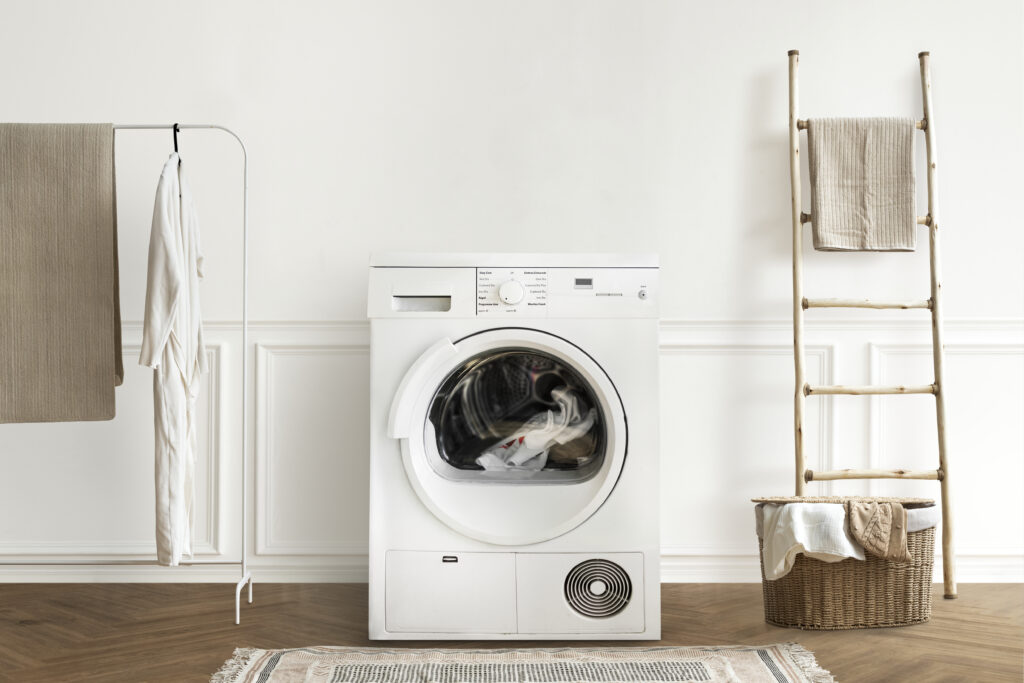
7️⃣ Timer or Control Board Failure
The drain cycle might not start if there is a problem with your washer’s timer or electronic control board.
Indications:
cycles that are not complete.
There was no drain command given.
Fixing a Washing Machine That Isn’t Draining
Here is a detailed guide to troubleshooting and fixing it now that you are aware of the potential causes:
Step 1: Examine the Drain Hose
Unplug and turn off the washer.
The washer should be pulled away from the wall.
Check for obstructions or kinks in the drain hose.
To get rid of any clogs, disconnect the hose and rinse it with warm water.
✅ Clean the Drain Pump Filter in Step Two
An access panel is located at the bottom of the majority of front-loading washers.
Get the access panel open.
Put a shallow container or towel underneath.
To get rid of debris, unscrew the filter cap.
Reinstall it after cleaning it with warm, soapy water.
✅ Test the Drain Pump in Step Three
When the washer tries to drain, listen for a humming sound if cleaning the hose and filter doesn’t help.
The pump may be faulty or jammed if you hear it but no draining happens.
To check for obstructions, you might have to take the pump out.
Note: It is best to contact a certified appliance technician if you are unsure.
✅ Step 4: Check for top-load models on the lid switch:
Check for continuity in the lid switch using a multimeter.
✅ Step 5: Examine the Home Drain Pour water into the standpipe or utility sink.
Call a plumber to unclog it if it backs up or drains slowly.
Avoiding Future Issues with Washing Machine Drainage
You can avoid expensive repairs by being proactive. Observe these upkeep guidelines:
✅ Regularly Clean the Pump Filter
To avoid accumulation, inspect and clean the drain pump filter once a month.
Steer clear of overloading
Avoid overloading your washer as this puts stress on the drain system and raises the possibility of debris.
Make Use of the Proper Detergent
Use low-sudsing HE detergent, especially for high-efficiency (HE) washers.
✅ Before washing, check your pockets.
Paper, hairpins, and coins are examples of loose items that can clog filters and hoses.
Examine the Drain Hose
Every few months, check for debris and kinks.
When to Make a Professional Call
If your washer still won’t drain after trying every do-it-yourself solution:
It might be time to replace the drain pump.
There could be a problem with the electronic control board.
There may be problems with internal wiring.
The typical cost of a service call for washer repairs in the USA ranges from $150 to $300. These costs can be avoided with early diagnosis and upkeep.
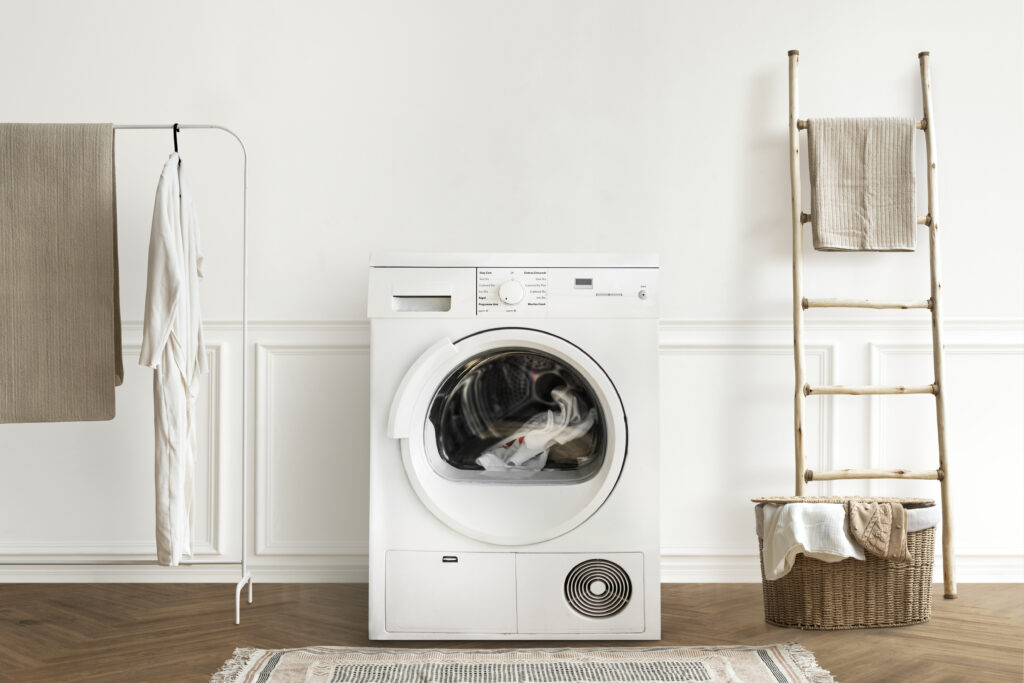
In conclusion
This guide will help you quickly determine the cause and implement the appropriate solution for a washing machine that refuses to drain. Being proactive guarantees that your appliance will function properly for many years, whether the problem is as simple as cleaning the drain hose or as complicated as replacing the pump or lid switch.
Keep in mind that your best defenses against future drainage issues are routine maintenance and awareness of early warning signs. Don’t be afraid to call a professional to prevent more damage if do-it-yourself fixes don’t work.
📌 Brief Overview: The Reasons a Washing Machine Isn’t DrainingFix
clogged drain hoseReplace or clean the hose.
Drain pump filter blockageClear the filter of any debris.
A broken drain pumpIf necessary, test and replace.
Drain hose that is kinkedReplace or straighten the hose.
blocked home drainHire a plumber or clean
Top-loaders with a broken lid switchExamine and swap out the switch.
Problem with the control boardDiagnose and replace with expert assistance
